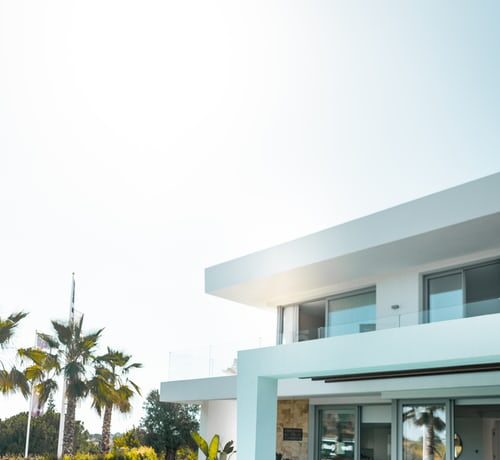Chlorine is required in your pool, but how do you get it into the water? While you can physically add disinfectant to your pool, many pool owners choose to automate the process so they don’t have to handle chlorine more than they have to. If that describes you, you’re not alone, and you have choices. We’ll start with the basics and work our way up to the more advanced features.
Chlorinators that float
The easiest of all is the float chlorine dispenser, which is a plastic vessel that stores around 3 pounds of 1′′ or 3′′ chlorine tablets. You fill it with tabs, replace the cap, and throw it in the pool. While the dispenser floats around, scattering the chlorine, water goes through, gently dissolving the tablets.
Floating chlorinators are inexpensive and easy to replace, but they provide you no control over how much sanitizer is delivered. This can be your best option if you want something quick and uncomplicated that doesn’t require any technology.

Salt Chlorinators
By producing chlorine, saltwater chlorinators take automation to the next level. A power source and a salt cell, as well as salt added to the pool water, make up this system. Coated steel blades get a low voltage current from the cell, which is routed in line with the returning pipe. Electrolysis occurs when salt and water flow through the cell, splitting the water and salt into hydrogen and hypochlorous acid. This acid can be used instead of pre-packaged chlorine disinfectant.
Because salt does not dissipate and remains in the water, only minimal salt adjustments are required in the event of dilution from intense rains or water loss owing to a large bather load and a lot of splashing. The power distribution display will alert you to any problems with salt or chlorine levels, and it will also allow you to do “hyper chlorination,” which is the pool’s version of shocking it.
Tablet Chlorinators
The automatic chlorinator, also known as a chemical’s feeder, is a plastic canister that carries 1′′ or 3′′ chlorine tablets and is connected to the pool’s piping. It’s placed after the filtration (or if there is a heater, then plumbed after that). These chlorinators are available in two types: online and offline.
It is directly plumbed into the PVC pipe and is referred to as inline. Water can dissolve some of the tablets as it goes through the chlorinator, resulting in chlorinated water being sent to the pool. When slicing PVC isn’t a problem, this type is frequently installed during new pool building and during a plumbing restoration on an existing pool.

For established pools, offline setup is a less problematic option. An offline chlorinator is connected by drilling a few of tiny holes in the PVC plumbing instead of chopping out a portion of pipe. To make the connection, thin piping is run from the canisters to the holes. Some of the liquid from the pipe is routed through these little pipes to the chlorinator, and subsequently to the pool.
A manual knob is available on both offline and inline feeders to adjust the amount of chlorine supplied. Automated chlorinators are a wonderful option for pool owners who don’t want to deal with electronics but still want some control and controls.





